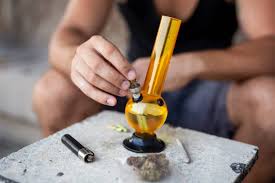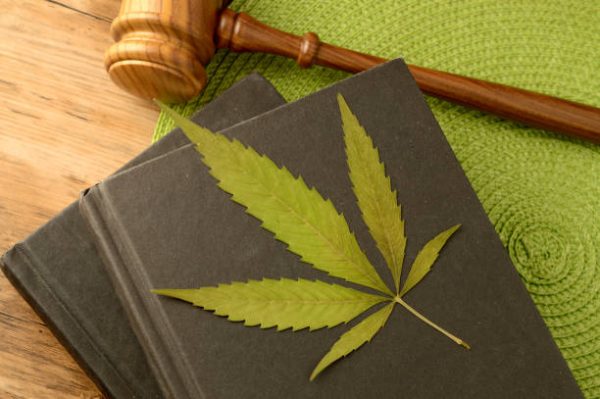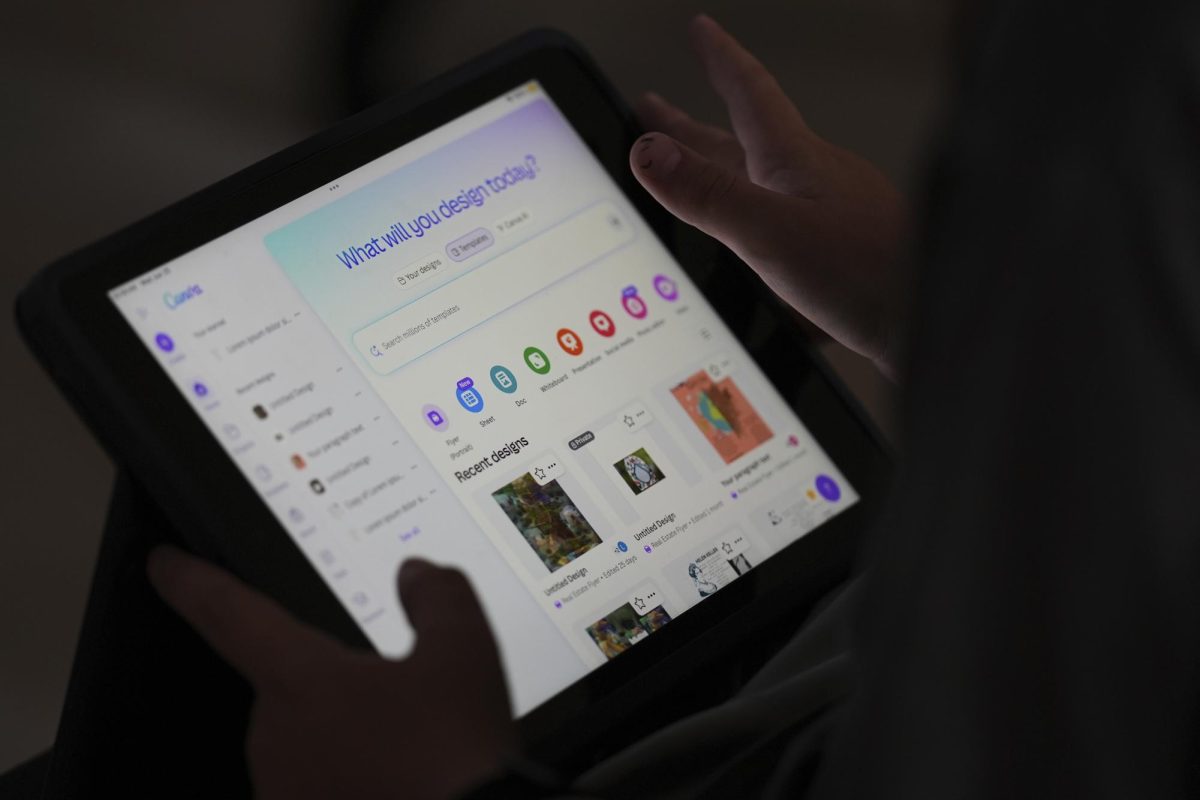In 2018, the federal Farm Bill was passed, which legalized the commercial production of hemp on a federal level, and allowed states to create their own regulatory plans for administering hemp programs. This set the stage for Texas to develop its own legislation.
Later in June 2019, Texas signed House Bill 1325 (HB 1325) into law. This authorized the “cultivation, production, retail sale, and regulation of industrial hemp and hemp-derived products, including cannabidiol (CBD)”. This law was meant to promote agricultural growth by creating a new hemp industry, as well as to satisfy the increasing public interest in CBD or other hemp-based wellness products.
On a surface level, this bill technically allows for the sale of THC, however, an important distinction between hemp and THC has been drawn, as Section 121.001 of the Texas Agriculture Code defines a hemp product as “the plant Cannabis sativa L. and any part of that plant […] with a delta-9 tetrahydrocannabinol [THC] concentration of not more than 0.3% on a dry weight basis.” Thus, recreational marijuana as we know it is still illegal.
What products are legal?
The world of hemp-derived products goes beyond just traditional CBD. Different naturally occurring compounds found in the hemp plant (cannabinoids) have since spawned an entirely new industry, each with it’s own unique effects:
- Cannabidiol (CBD) – Considered a non-impairing substance, users often cite anxiety and slight pain relief.

Creator: vladans (Getty Images) - Tetrahydrocannabinolic-Acid (THC-a) – A hemp-derived form of THC-a flower, it does not produce mind-altering side effects. This compound is most commonly found in THC-a vapes, although not exclusively, it must be activated by heat in order for the compound to evolve. (It’s important to note that marijuana-derived THC-a is still not federally legal, and this only applies to the hemp-derived form.)
- Delta-9 THC – Possibly the most common analog of THC, this does have psychoactive effects, and the “high” from this is most commonly associated with the use of marijuana. The federal limit for on Delta-9 THC products is a maximum of .3%.
- Delta-8 THC – Contrasting Delta-9 THC, this compound is said to be around half as psychoactive, as although it has the same chemical makeup, it’s structurally different. Studies have shown this compound has strong anti-nausea properties, as well as serving as a strong appetite stimulant or hangover cure “with an essential lack of side effects.”
The Legal Gray Area
Because hemp and cannabis are derived from the same plant, a significant legal grey area has emerged, particularly regarding the enforcement of laws distinguishing hemp and marijuana. In reality, they both look and smell virtually identical, thus making it difficult for law enforcement to identify the substance without lab testing.

In traditional field-testing kits used by the Houston Police Department, it can only detect the presence of the THC substance, not the specific compound. This leads to the possibility of legal hemp products being flagged as marijuana, which could result in wrongful seizures or arrests. Many local agencies don’t necessarily have access to lab-testing resources at all times, which can lead to long delays in certain cases, or dropped charges in others, due to an inability to prove the substance is in fact, marijuana.
These legal ambiguities also raise issues on the consumer side, as while Delta-8 is readily and legally available in Texas, it’s psychoactive effects, which are similar to marijuana, remain illegal. Many consumers do not fully understand the distinctions between all these compounds, and could easily mistakenly purchase products that they thought were legal, but found out otherwise.
What does this mean looking forward?
With the popularity of such hemp products and the success of the new industry, attitudes around the decriminalization and legalization of marijuana has definitely shifted, although progress remains slow. It seems that the evolution of state and federal regulations around hemp and cannabis will continue to shape this growing market, ideally with more oversight and standardization across the board.


























